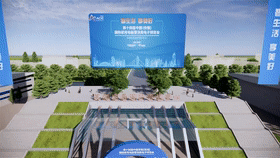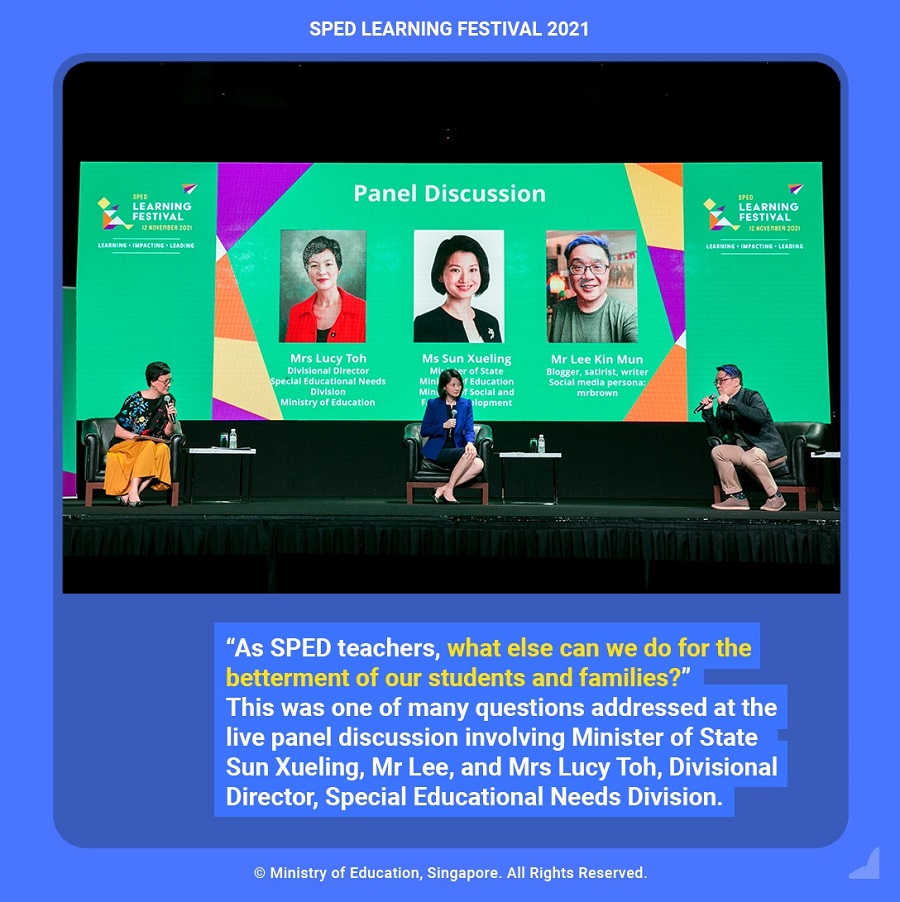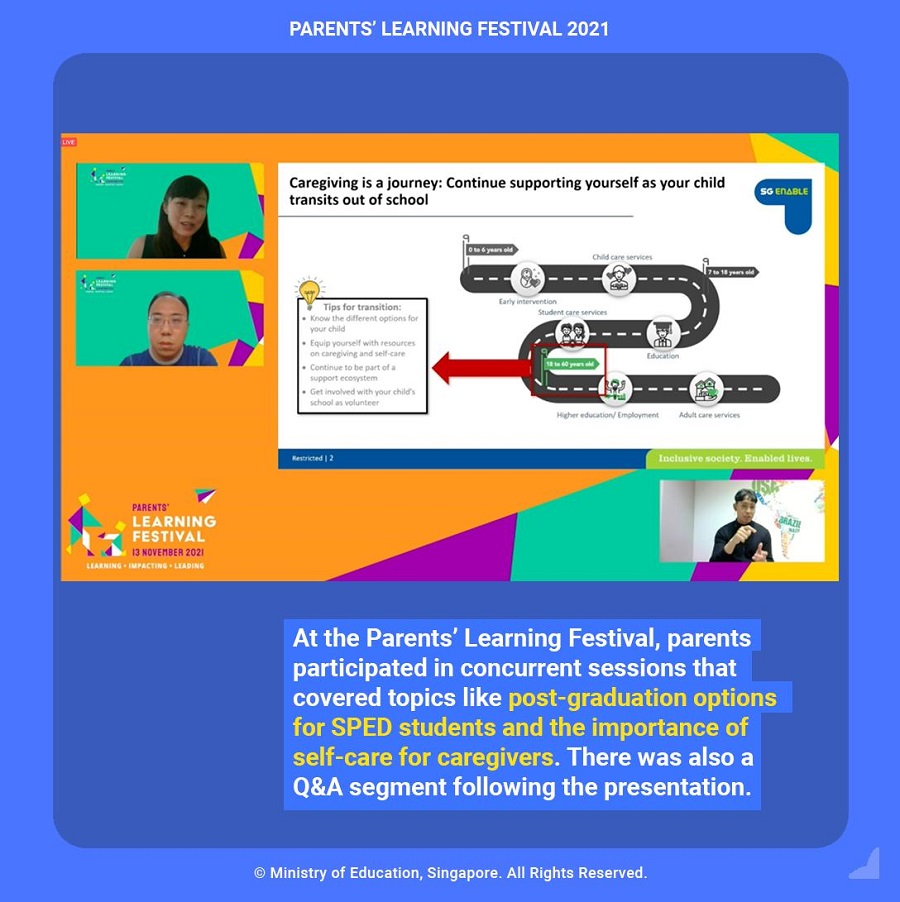
The Changing Role of Exhibitions
The more things change, the more they stay the same. Or do they?
With many countries entering what can be called the post-COVID world, several are witnessing exhibitions roaring back to life. This is not just a handful of brave show organizers getting back in the saddle; we are also seeing brands embracing exhibitions again.
This is best highlighted by the initial feedback received in the Pico Group’s Annual Market Survey, which shows a positive bounce in brand sentiment toward in-person events in their marketing plans over the next 12 months.
The evidence points to exhibitions regaining their pre-pandemic status as a favourite tool for building brand awareness, meeting with existing customers, finding new ones, and launching new products and services. However, this sentiment could be misleading if taken in isolation from other factors.
We should not assume that exhibitions will continue in the same way as before.
Toward an integrated landscape
For B2B marketers a lot of focus during COVID has been on employing digital channels to stay engaged with target markets – to the point that using them to continue to build awareness and generate pipeline has become mainstream. There has been a huge interest and investment in account-based approaches. Also, many brands pivoted to virtual events with varying degrees of success, and they remain a tactic of use – whether purely virtual or in an integrated sense. But where does this leave traditional tactics like exhibitions?
Looking through the optics of the audience, people want to attend exhibitions. We are human. We like the tribal aspect of being part of an industry group, meeting peers or just enjoying a change of scenery. Pre-pandemic, and with a lot of industries under one roof, exhibitions were an efficient place to get business done.
Post-pandemic, this rational and emotional connection with exhibitions will lead to audiences exercising choice. They will demand flexibility in the way they want to attend. They will expect to be able to access content live or on demand. So where does this leave planning exhibitions for brands?
With all the investment in digital for B2B and trade marketing over the last two-years, the focus should be on integration – not just in an integrated marketing or omnichannel context, but also at the design level. For example, how do you design an exhibition stand that is connected? Design a stand that is a thing within the Internet of Things?
The advantages of a ‘digital twin’
There are some key considerations for brands to consider when planning exhibitions. While the metaverse has been creating a lot of noise lately, digital twin approaches and technologies are here and available today. Consider a digital twin as part of your plan and design to broaden reach, sustain engagement and optimise your exhibition investment. This is not just social media integration such as using LinkedIn live, but a more immersive digital approach to recreating a live experience. But it needn’t even be limited to that; a truly engaging approach would be to craft a unique experience that blur the line between digital and real worlds.
Example: ABBA’s Voyage show
Fans at the opening of ABBA’s ‘Voyage’ show in May 2022 were thrilled to be greeted by not the Swedish popstars themselves, but their ‘ABBAtars’ – ultra-realistic de-aged digital versions of the group members in their prime, which was about 40 years ago.
Source: The Sun Showbiz YouTube channel
The exact technologies used to create this spectacle are cutting-edge, and their effect on fans and tech-lovers are certain. By adopting this digital twin concept, the show sent a wave of nostalgia through the crowd and hyped their engagement to maximum. Also, bringing back retired performers like this unlocks a wide range of possibilities of what can be done through ‘digital twins’.
Source: The Guardian
Example: The 14th China (Anhui) International Household Appliances and Consumer Electronics Expo
With the aim of connecting exhibitors and clients with ease while also reaching out to a wider audience, the Expo enlisted Pico’s digital expertise to launch an online platform paralleling its physical counterpart.
Designed with advanced 3D web engine rendering technology, the virtual Expo was a 3D digital twin of the physical exhibition hall. The online platform not only served as a 24/7 platform for exhibitors to showcase their latest products and trends online, but also provided an immersive experience in which visitors ‘walked’ around and visited the array of booths and pavilions. Importantly, the virtual Expo carried on even when the physical programme was disrupted by the pandemic.
The account-based approach
Exhibitions provide a key opportunity to pursue account-based marketing plans and should plug into these. Consider creating an exhibition environment that offers visitors a personalised journey, and then utilise tailor-made content based on that experience to approach each specific account. This could also be conveyed via an exclusive VIP or meeting environment which uses multi-media to deliver content based on what you already know about the account from your account-based plans.
Example: World of Concrete
World of Concrete is an exhibition serving the global concrete and masonry construction industries, and aims to connect and educate buyers and sellers through live and digital events. In its 2021 edition, an AR experience was incorporated into the programme for the debut of a new model of truck.
With tablets in hand, users could customise ‘their’ truck as they wished and not only view the results in real time, but also view their truck in its typical environment. This kind of personalised experience allows potential customers to visualise and custom make their ideal truck according to the options they choose.
Source: 900lbsofcreative YouTube channel
Example: Special Education (SPED) Learning Festival 2021
Rather than asking what features to include, it is more effective to ask what you can do for your audience. Truly catering to your audience through accessibility is not only the right thing to do, but also the best way.
Case in point is The Special Education (SPED) Learning Festival in Singapore, which aims to connect and support SPED educators and practitioners. With the objective of ensuring access and usability for all users, Pico was appointed to activate the event.

Central to the team’s approach was an accessibility widget known as Universal Accessibility. Its functions such as captioning, dyslexia friendly functions, mobile-responsive and keyboard-friendly interface, ensured that all users – including those with special needs – could navigate and engage in the Festival programme. It provided a meaningful, accessible, personalised experience for all visitors and paved the way for maximum engagement and effect.
Conclusion
The only constant in life – and in exhibitions – is change. Event planners and marketers must constantly explore new possibilities to merely stay abreast of the trends. Today, it means embracing the advancements of digital technology and realising its possibilities; such as by introducing a digital twin to enhance your event, and by personalising the audience journey as part of an account-based approach to generating real sales or improving accessibility.
Our Annual Market Survey will explore this and other topics further. The Pico Group are big believers in sharing knowledge to drive progress. To help us, it would be greatly appreciated if you could take 10 minutes to complete our simple and anonymous market survey, which can be found here.